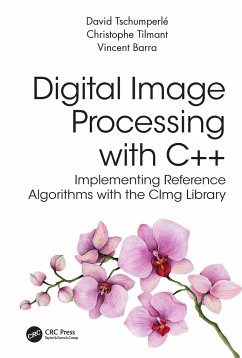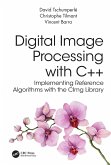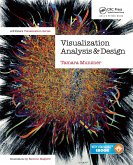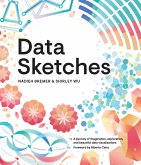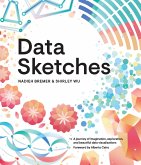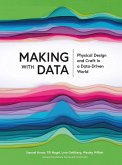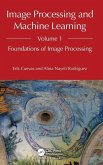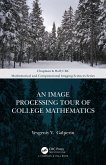Digital Image Processing with C++ presents the theory of digital image processing, and implementations of algorithms using a dedicated library. Anyone wishing to discover or specialize in this discipline, quickly prototype new algorithms, or develop courses, will find all the material they need in this book.
Hinweis: Dieser Artikel kann nur an eine deutsche Lieferadresse ausgeliefert werden.
Hinweis: Dieser Artikel kann nur an eine deutsche Lieferadresse ausgeliefert werden.

